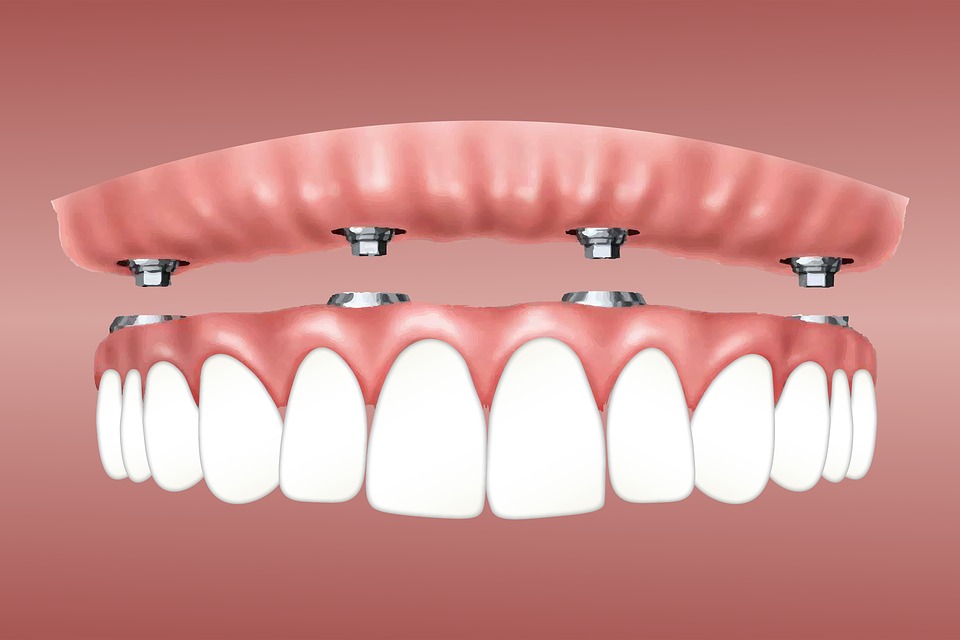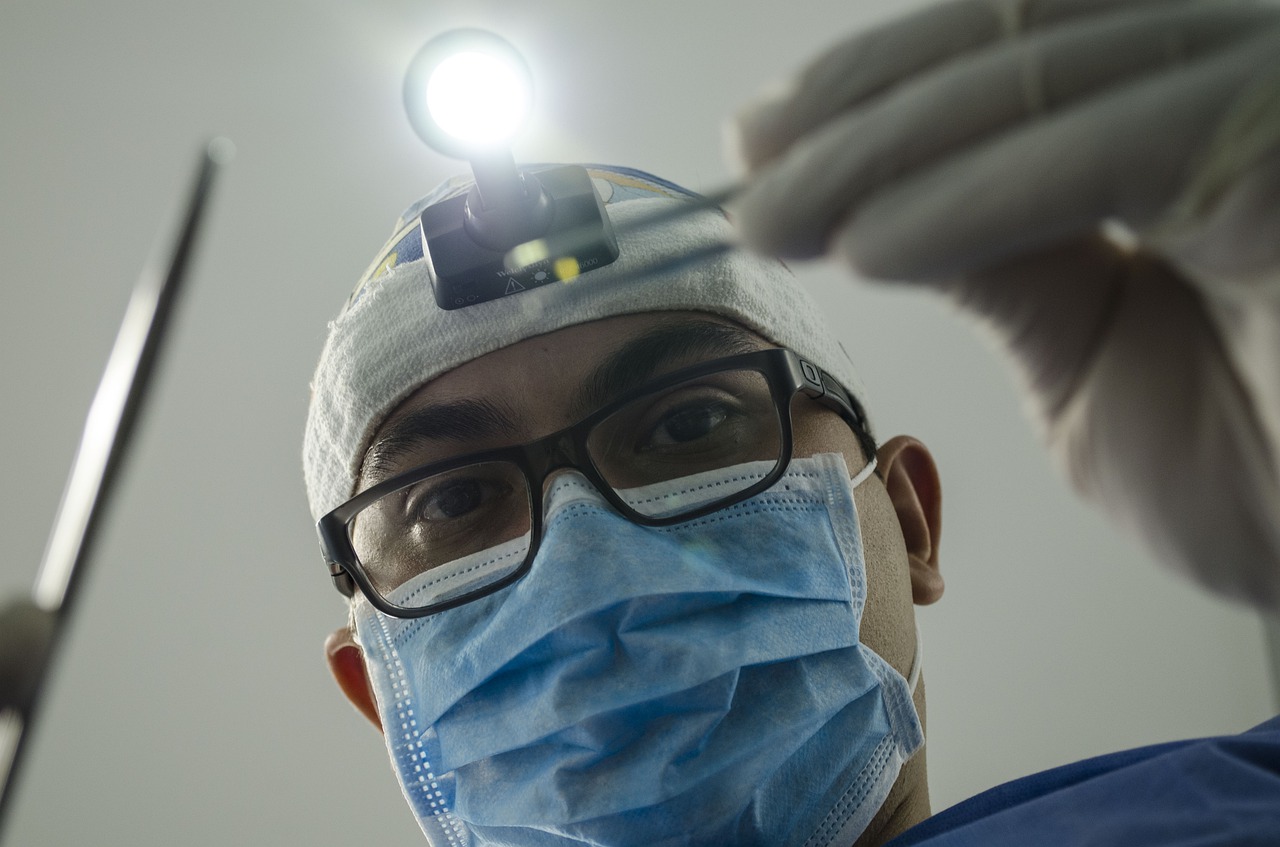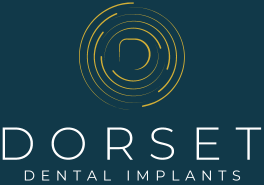Bone regeneration
⭐⭐⭐⭐⭐ Five-Star Rated Restorative Dentists
If you do not have enough bone to support an implant, then you will need a bone graft.
Bone grafting explained
A dental implant is an artificial tooth secured by a titanium rod in your jaw. Securing an implant depends on how much bone you have in your jaw to support it. If you do not have enough bone to insert an implant, you will need a bone graft.
With over 55 years of experience, Dorset Dental Implants are leaders in cosmetic, orthodontic and restorative dental treatments. We are experts in dental implants, so you can be assured that you are in safe hands.
Using the latest technology and the most effective treatment methods, we assess all our patients to ensure we provide the best care and long-lasting results.

All on Four does not require an abundance of bone, therefore, requiring no bone grafting—one reason for its popularity.
Why do I need a bone graft?
A bone graft is a surgical procedure to fix problems or spaces caused by bone loss.
They can increase the width or height of your jawbone by attaching bone graft material to the area lacking in the bone.
A bone graft is needed if you do not have enough in your jaw because if not, then the dental implant will not be able to be secured.
You need at least 1mm of bone to support an implant. Upon assessment, one of our professional dentists will look at your jaw structure and consider whether or not you require a bone graft.
Why do I have bone loss?
There are a variety of reasons why you may not have enough bone in your jaw:
- Gum disease: Periodontal disease breaks down tissue in the gums and your jawbone, and this is what causes teeth to become loose.
- Tooth extraction: Having teeth extracted will impact the bones and teeth on either side of the site. Tooth extraction can weaken the bone and cause bone loss.
- Infection: Over a period of time, the infection can weaken the mouth’s structure.
- Trauma or injury: Trauma to the face and mouth can lead to bone loss eventually.
Quick Contact

There are several bone grafting materials
- Autograft: This type of bone graft uses bone from another part of your body. It is the fastest and safest grafting option, as there is no disease transmission and their living cells encourage growth.
- Allograft: When the bone is taken from another individual who has donated bone. Though this is human bone, there is a higher risk of disease transmission.
- Xenograft: Uses bone from another animal, usually bovine, to increase the amount of bone in your jaw. Bovine bones have collagen in them, which encourages bone formation and growth.
- This is not as popular as an autograft or an Alloplast.
- Alloplast: There are a number of synthetic options for a bone graft, that do not require human or animal bone. As an allograft is synthetic, there is no risk of disease transmission. A bioglass graft for example encourages the bone formation and is resorbed quickly.
There are 5 kinds of bone graft surgery:
- Socket preservation: In this procedure, bone graft material is placed into the socket of a tooth extracted or fallen out for it to support an implant. Socket preservation prevents further reduction in bone and creates a strong enough foundation for an implant to osseointegrate.
- Guided bone regeneration: Guided bone regeneration will use collagen, encouraging and developing bone growth. This kind of bone graft will help hard tissues develop in the oral cavity and is a reliable procedure.
- Block bone graft: A block bone graft is a procedure used in more severe cases of bone loss. In this procedure, the aim is to regain the original anatomy of the jawbone. An autograft will be used for a block bone graft to best integrate with any remaining bone left in the jaw.
- Ridge Preservation: Placing implants in the alveolar ridge means the ridge needs to be widened and split. The bone then grows back into the gap which has been created and can integrate successfully with the implant once it is in the mouth.
- Sinus lift: A sinus lift is a surgical procedure that effectively allows and creates space in the upper jaw for dental implants. A sinus lift replaces lost bone in the upper jaw, allowing a dental implant to be placed successfully.

Patient smile after dental implants.
What happens during a typical bone regeneration procedure?
The procedure is undertaken while you are asleep and under a general anaesthetic, so you will not notice or feel any pain.
- The gum is lifted away in the area where there is insufficient bone.
- If you opt for an autograft, then a small piece of bone will be taken from your body, usually your hip.
- The opening in your hip is then closed with stitches.
- The bone will be transferred and placed in the gum and fixed with small screws.
- The wound is stitched back together once the graft has been completed.
Once the incision made for the purpose of your bone graft has completely healed, you will then be able to book an appointment for an implant.
